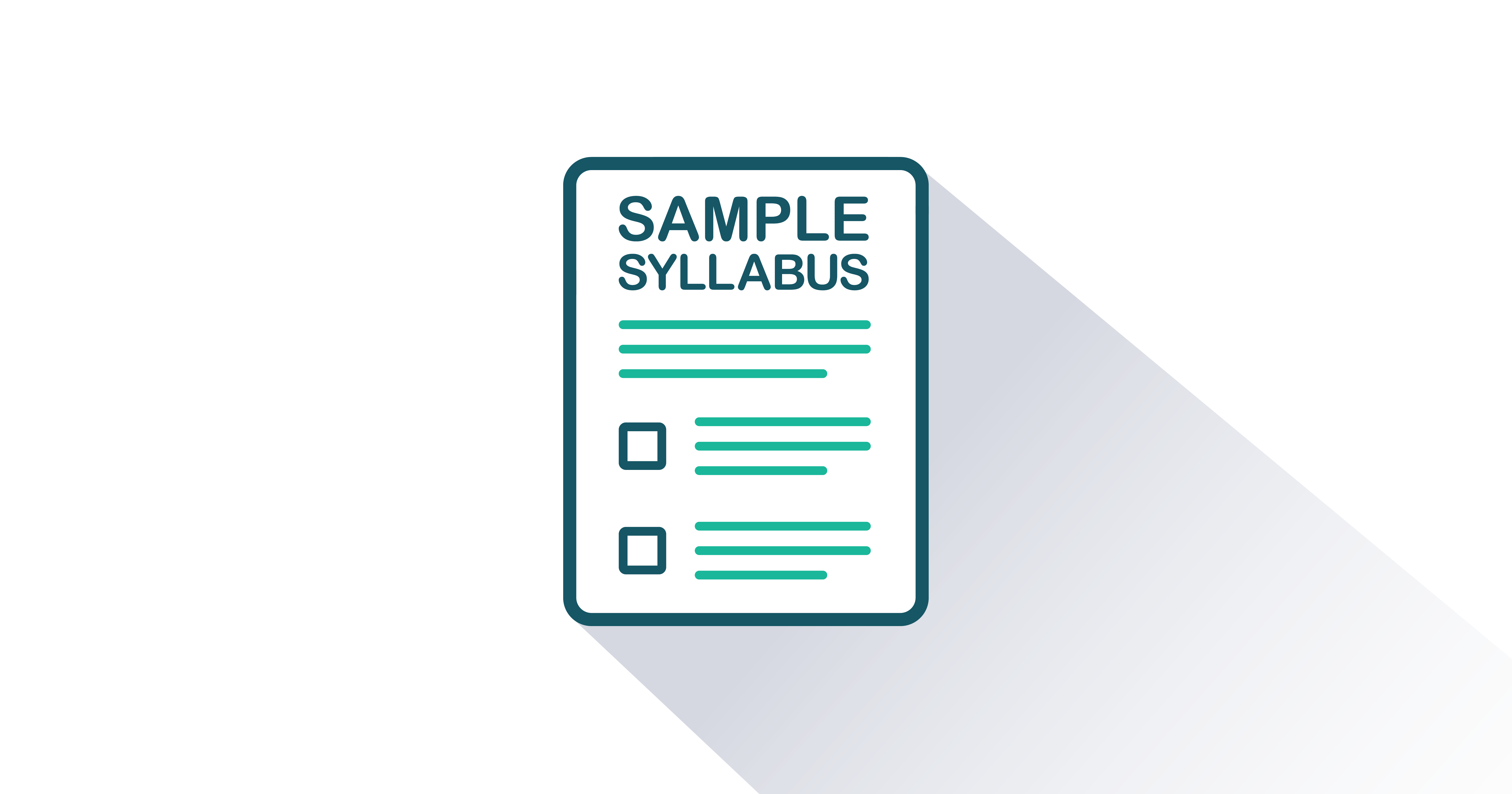Economic Analysis of Social Issues


Version 3.0
By Alan Grant
Included Supplements
Key Features
- Active Learning. Sixteen chapters are accompanied by experiments in which students can participate under the principle that “What students do, they remember.” Each experiment places students in a scenario where they have to make individual decisions that may lead to poor collective outcomes. For example, in the “Judge Me Not” experiment, each student assumes the role of a producer who can choose polluting technology or clean technology. Individual incentives encourage each producer to choose polluting technology. The collective outcome is a welfare-destroying volume of pollution that drives up everyone’s health care costs
- Data Projects. The macroeconomics chapters are each accompanied by a data analysis project. Using data from FRED, the user-friendly economic database at the St. Louis Fed, students will discover how different macroeconomic variables are linked. These data exercises have been updated to reflect events familiar to students, including the COVID pandemic
- Critical Thinking Skills. Students are encouraged to use their economist toolkit to analyze social problems rather than simply memorizing facts or learning graphical or mathematical models that will soon be forgotten
- Engaging Coverage of Important Social Issues. Simple tools are applied to a broad class of social problems such as pollution, health care, the depletion of natural resources, and business cycles. Graphical analysis is presented simply and is applied sparingly
- Hyperlinks to 65 embedded streaming videos, many of which are new. Examples and illustrations from popular culture, academia, and the news enrich online courses, engage students, and reinforce or augment many of the presented topics
- Supportive Chapter Learning Structure
- “Learning Objectives” lay out the key ideas to be discussed in the following main section
- “Key Terms” highlight important concepts and terminology in a running, marginal glossary
- “Applications” reinforce key ideas with compelling and current real-world examples. Each application is matched to an accompanying problem that can be used to generate in-class discussions or can be included in assignments
- “People Behind the Theory” vignettes explore the people and personalities behind the important economic ideas that have shaped the discipline
- “Key Takeaways” at the end of each main section summarize key ideas in bullet-point fashion. Key Takeaways enable the learner to pause and consolidate the information just read. This process enables the reader to better understand and retain the chapter’s content and its key concepts
- “Conclusion” sections reflect on what’s been learned already and set the stage for future topics
- “Review Questions” reinforce recall and learning and encourage students to apply concepts
- “Problems and Applications” encourage critical analysis of issues related to chapter content
Students
- Online Access Price
- $33.95
- Color Printed Textbook with Online Access Price
- $60.95
Economic Analysis of Social Issues is an introductory economics textbook designed for use in a one-semester economic issues course for freshman and sophomore nonmajors. The text may also be appropriate for a one-semester survey of economics course or as a supplement to a standard principles of economics textbook.
Economic Analysis of Social Issues presents an innovative treatment of contemporary social problems using a minimum of mathematical and graphical analysis. The book’s student-friendly approach is based on simple supply and demand analysis and elementary game theory. It is applicable to a broad class of social problems such as pollution, health care, the depletion of natural resources, and inflation, and covers both microeconomic and macroeconomic topics.
- Chapters 1–4 present fundamental economic concepts, such as scarcity, trade-offs, and opportunity costs. These chapters then go on to develop the analytical tools used throughout the remainder of the book
- Chapters 5–15 discuss the market mechanism and the price system. Next, they address contemporary microeconomic issues such as pollution, health care, and discrimination. These chapters emphasize the roles that property rights, transactions costs, and information play in creating social problems
- Chapters 16–21 explain the basic functioning of the macroeconomy and address critical macroeconomic issues such as monetary policy, fiscal policy, unemployment, and income inequality
New in This Version
- Features 29 new applications boxes, including 14 related to the COVID-19 pandemic (indicated with *)
- Application 1.2: Zero-COVID . . . Forever?*
- Application 1.3: Incentives and the Law of Unintended Consequences
- Application 2.4: Nurses Are Just Better: Evidence from the COVID Era*
- Application 3.1: Going Dutch: Flower Markets and the Law of Demand
- Application 3.2: Fair is Foul and Foul is Fair: Equilibrium in Emergencies
- Application 3.3: Egg Prices Soar; Americans Demand Eggsplanation!
- Application 3.4: Elasticity and the Toilet Paper Panic of 2020*
- Application 4.2: Incentives Matter, Even to Witches
- Application 5.1: Update to The Globalization of Wine—Our Cups Runneth Over
- Application 5.5: Tariffs for Everyone!
- Application 6.4: Opera Hits Soaring High Notes Thanks to Copyright
- Application 7.2: Herd Mentality*
- Application 8.1: Angel’s Share Does the Devil’s Work
- Application 9.3: Wanted: One Superhero . . . but Please, No Deadpool
- Application 10.3: Public/Private Partnership Produces Potent Prophylactic*
- Application 10.4: Government: Do As I Say, Not As I Do . . . Sometimes
- Application 11.1: David Trumps Goliath; Transactions Costs FTW
- Application 11.3: A Rose by Any Other Name: Eminent Domain and the Defense Production Act*
- Application 12.2 Could Have Been a Cold; Could Have Been the Plague*
- Application 13.1: Ranked Choice Defeats Palin in Alaska Congressional Race . . . or Does It?
- Application 14.1: Life Expectancy and COVID-19: The Bad, the Ugly, and the Good*
- Application 15.1: Red and Blue is the New White and Black*
- Application 15.3: Racism: Dead and Buried, or Alive and Well?
- Application 16.1: GDP Surprises in the COVID Recession*
- Application 17.2: COVID-19 Presents Final Straw; Great Resignation Begins*
- Application 19.2: Progress on Prices Puts Powell in Peril*
- Application 19.4: Let’s Get Small: Inflation in the Post-COVID Macroeconomy*
- Application 20.4: Overstimulated: Fiscal Policy and the COVID Pandemic*
- Application 21.1: Bridgerton Weighs In on Assortative Mating
- Macro coverage includes data-driven coverage of the initial stages of the COVID-19 pandemic
- Coronavirus and Supply Shocks (Chapter 16)
- Coronavirus and Demand Shocks (Chapter 16)
- Coronavirus and Monetary Policy (Chapter 19)
- Coronavirus and Fiscal Policy (Chapter 20)
- Macro coverage of Venezuelan hyperinflation (Chapter 19)
- Updated Real-Time Data Analysis activities to accompany the macro content
- About the Author
- Acknowledgments
- Preface
-
Chapter 1: Fundamental Concepts in Economics
-
Chapter 2: Cost–Benefit Analysis and the Value of a Life
-
Chapter 3: Supply and Demand
-
Chapter 4: Basic Game Theory: Exploring Strategic Interactions
-
Chapter 5: Free Exchange: Individual and International Trade
-
Chapter 6: The Market System: Functions, Structure, and Institutions
-
Chapter 7: The Nature of Pollution Problems
-
Chapter 8: Government Policies to Regulate Pollution
-
Chapter 9: Resource Depletion and Sustainability
-
Chapter 10: Public Goods and the Role of Government
-
Chapter 11: Public Goods: Tackling Large Projects and Eminent Domain
-
Chapter 12: The Volunteer’s Dilemma: A Collective Inaction Problem
-
Chapter 13: Voting: You Can’t Always Get What You Want
-
Chapter 14: The Economics of Health Insurance and Health Care
-
Chapter 15: Segregation and Discrimination
-
Chapter 16: Gross Domestic Product and the Wealth of Nations: An Introduction to the Macroeconomy
-
Chapter 17: Unemployment
-
Chapter 18: An Introduction to Money, Banks, and the Financial System
-
Chapter 19: The Federal Reserve: Monetary Policy, Economic Activity, and Inflation
-
Chapter 20: The Federal Government: Taxes, Spending, and Fiscal Policy
-
Chapter 21: Income Inequality and the Redistribution of Income

FlatWorld Homework
FlatWorld Homework includes multi-format questions written specifically for your FlatWorld book, which you can access through our stand-alone interface or integrate with your learning management system.

Instructor’s Manual
The Instructor’s Manual guides you through the main concepts of each chapter and important elements such as learning objectives, key terms, and key takeaways. Can include answers to chapter exercises, group activity suggestions, and discussion questions.

PowerPoint Lecture Notes
A PowerPoint presentation highlighting key learning objectives and the main concepts for each chapter are available for you to use in your classroom. You can either cut and paste sections or use the presentation as a whole.

Test Generator - powered by Cognero
FlatWorld has partnered with Cognero, a leading online assessment system, that allows you to create printable tests from FlatWorld provided content.

Test Bank Files for Import to Learning Management Systems
For your convenience, we've packaged our test items for easy import into Learning Management Systems like Blackboard, Brightspace/D2L, Canvas, Moodle, or Respondus.

Test Item File
Need assistance in supplementing your quizzes and tests? Our test-item files (in Word format) contain many multiple-choice, fill-in-the-blank, and short-answer questions.

Sample Syllabi
Sample syllabi provide useful templates to help new faculty adopters revise their teaching plans to match their assigned FlatWorld textbook or lend insights to existing adopters on how to organize their classes.
DownloadAt FlatWorld, we take pride in providing a range of high-quality supplements alongside our titles, to help instructors teach effectively. Supplements are available for instructors who have registered their adoption with us. If you need to review or preview something specific, please contact us.
Already registered? Sign in here.
